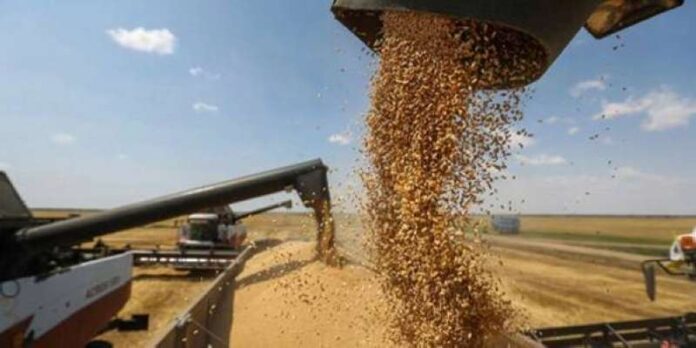
Rising food prices in the past few years have prompted farmers around the world to grow more grains and oilseeds, but consumers are expected to face supply shortages in 2024 due to the fallout from El Niño, export restrictions and increased biofuel commitments.
Analysts and traders said that global prices for wheat, corn and soybeans are heading for a decline in 2023 after years of strong gains due to relief in accumulations across the Black Sea and fears of a global recession, although prices remain vulnerable to supply shocks and food inflation in the new year, reports Al-Rai daily.
The El Niño phenomenon, which has caused drought in large parts of Asia this year, is expected to continue into the first half of 2024, putting at risk supplies of rice, wheat, palm oil and other agricultural products in some of the world’s largest agricultural exporters and importers.
Traders and officials expect rice production in Asia to decline in the first half of 2024, as dry farming conditions and reduced water reservoirs are likely to reduce production.
Indeed, world rice supplies have declined this year due to the impact of the El Niño phenomenon on production, prompting India, the world’s largest rice exporter by far from its closest competitor, to impose restrictions on its shipments.
While other grain markets are suffering from declining values, rice prices have risen to their highest levels in 15 years in 2023, and prices in some Asian export centers have increased by between 40 percent and 45 percent.
India’s next wheat crop is threatened by moisture shortages, which could force India, the world’s largest wheat consumer, to look for imports for the first time in six years.
By next April, farmers in Australia, the world’s second-largest wheat exporter, may be planting their crops in dry soil, after months of extreme heat reduced production of this year’s crop and ended a string of record harvests for three consecutive seasons.
This is likely to prompt buyers, including China and Indonesia, to look for larger quantities of wheat from other exporters in North America, Europe and the Black Sea region.
On the bright side for grain supplies, corn, wheat and soybean production in South America is expected to improve in 2024, although climate variability in Brazil raises some doubts.
In Argentina, heavy rains in agricultural areas are likely to boost soybean, corn and wheat production in one of the world’s largest grain exporting countries.
Brazil is set to achieve near-record agricultural production in 2024, although estimates of the country’s soybean and corn production have declined in recent weeks due to dry weather.
Global palm oil production is also likely to decline next year due to the dry El Niño phenomenon, supporting cooking oil prices that fall by more than 10 percent in 2023. The production decline comes amid expectations of higher demand for palm oil-based biofuel production. And cooking oil.














